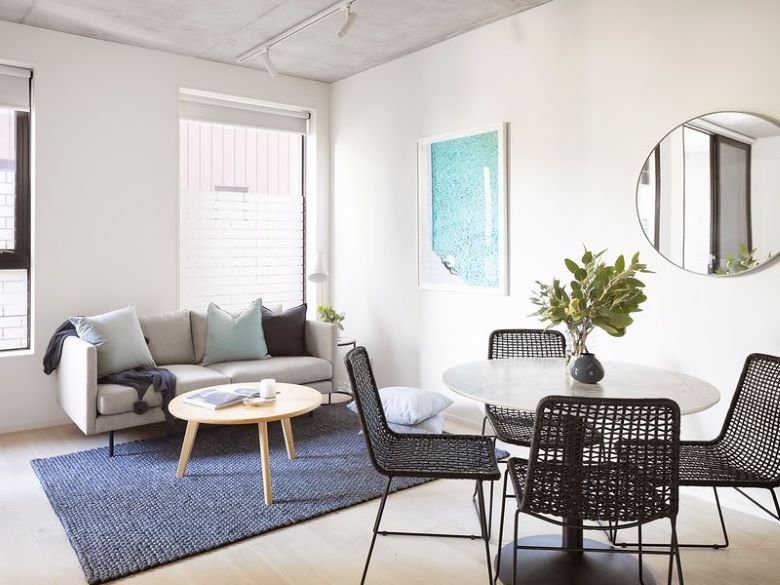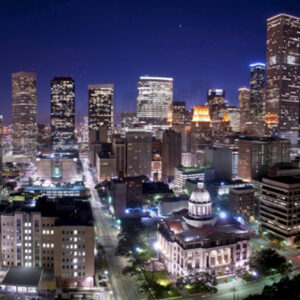
In the dynamic realm of real estate, the term ‘owners corporation’ has become increasingly synonymous with the management and governance of shared living spaces. As we step into the future, architectural trends are evolving to redefine the very fabric of body corporate communities. This article delves into the cutting-edge architectural trends that are not just shaping but revolutionizing corporate living spaces, transforming them into vibrant, modern, and highly functional environments.
1. Sustainable Living: A Green Revolution
With environmental consciousness on the rise, sustainable living has become a cornerstone of architectural innovation within body corporate communities. Developers and architects are integrating eco-friendly features into buildings, from energy-efficient lighting and solar panels to green roofs and rainwater harvesting systems. These initiatives not only reduce the ecological footprint but also contribute to long-term cost savings for the owners corporation.
Imagine a body corporate where each resident actively participates in a communal effort to reduce waste, conserve energy, and cultivate a greener lifestyle. Sustainable architectural designs not only embrace green technologies but also encourage residents to adopt environmentally conscious practices, fostering a sense of shared responsibility within the community.
2. Smart Solutions: Technology at Your Fingertips
The future of body corporate living spaces is undeniably intertwined with technology. Smart solutions are no longer a luxury but a necessity in modern architectural design. From intelligent home automation systems to advanced security features, integrating technology seamlessly into the infrastructure enhances the overall living experience for residents.
Imagine walking into a body corporate where residents can control lighting, temperature, and security systems effortlessly through their smartphones. Smart technologies not only offer convenience but also contribute to the overall safety and efficiency of the owners corporation. As architectural trends continue to embrace connectivity, residents find themselves at the forefront of a digital revolution, where their living spaces adapt and respond to their needs in real-time.
3. Inclusive Design: Celebrating Diversity in Body Corporate Living
In an era that champions diversity and inclusivity, architectural trends are steering towards designs that accommodate varying needs and preferences. Inclusive design goes beyond physical accessibility; it encompasses creating environments that cater to the diverse lifestyles and backgrounds of the residents within the owners corporation.
Picture a body corporate where communal spaces are thoughtfully designed to accommodate different age groups, abilities, and cultural preferences. Inclusive design fosters a sense of belonging, ensuring that every resident, regardless of their background or physical abilities, can participate fully in community activities. This trend not only promotes social cohesion but also positions body corporates as beacons of equality and understanding.
4. Flexibility in Spaces: Adapting to Changing Needs
The traditional definition of living spaces is undergoing a paradigm shift. Architectural trends now emphasise the importance of flexibility, allowing residents to adapt their homes to changing needs and lifestyles. This flexibility is not limited to individual units but extends to communal spaces within the owners corporation.
Consider a body corporate where shared spaces are designed to be versatile, easily transforming from collaborative workspaces during the day to social hubs in the evening. Flexible designs ensure that the community can evolve without the need for extensive renovations. As remote work becomes more prevalent, the demand for adaptable living spaces within body corporates is on the rise, aligning with the changing dynamics of modern life.
5. Artistic Expression: Aesthetic Pleasure Beyond Functionality
Architectural trends are moving towards a harmonious blend of functionality and aesthetics. The idea that beauty can enhance well-being is influencing designs within body corporate communities. From public art installations to thoughtfully landscaped gardens, architects are incorporating elements that elevate the visual appeal of shared spaces.
Envision a body corporate where residents can immerse themselves in a sensory-rich environment, surrounded by visually pleasing elements that stimulate creativity and relaxation. Artistic expression in architecture not only adds a layer of cultural richness to the community but also contributes to the overall mental well-being of its residents.
6. Community-Centric Design: Fostering Social Interaction
Architectural designs are increasingly prioritizing the creation of spaces that facilitate social interaction and community engagement. The traditional concept of isolated living units is evolving into community-centric designs where residents are encouraged to connect and build meaningful relationships.
Imagine a body corporate with strategically placed gathering spaces, communal gardens, and shared recreational areas that naturally encourage residents to come together. Community-centric design fosters a sense of belonging, turning the body corporate into a close-knit community where residents actively participate in shared activities and events.
7. Wellness-Centric Spaces: Prioritizing Resident Well-Being
The well-being of residents is at the forefront of modern architectural trends within body corporate living spaces. Designs now focus on creating environments that promote physical and mental health. From fitness centres and meditation rooms to nature-infused elements, architects are incorporating features that contribute to the holistic wellness of the community.
Consider a body corporate where residents have access to wellness-centric spaces designed to alleviate stress and promote a healthier lifestyle. By prioritizing well-being, these designs not only enhance the quality of life for residents but also position the body corporate as a proactive advocate for health and happiness.
8. Safety and Security: A Fundamental Priority
In an age where safety is paramount, architectural trends within body corporate communities are placing a strong emphasis on robust security measures. From advanced surveillance systems to secure access points, architects are incorporating features that ensure the safety of residents and their belongings.
Picture a body corporate where residents feel secure in their homes, with state-of-the-art security systems providing peace of mind. Prioritizing safety not only protects the community but also enhances the overall quality of life within the owners corporation.
9. Modular Construction: Building for Efficiency
As sustainability takes center stage, modular construction is emerging as a game-changer in architectural trends. This approach involves constructing buildings using prefabricated modules, minimizing waste and reducing construction time. The benefits extend beyond sustainability to efficiency, as modular construction allows for faster completion of projects.
Imagine a body corporate where the construction process is streamlined, minimising disruptions for residents and expediting the availability of housing units. Modular construction aligns with the fast-paced nature of modern living, offering a solution that combines speed, efficiency, and environmental responsibility.
10. Biophilic Design: Bringing Nature Indoors
Biophilic design, or the incorporation of natural elements into architectural spaces, is gaining traction within body corporate living spaces. From indoor gardens and green walls to large windows that frame natural views, architects are finding innovative ways to bring the soothing effects of nature indoors.
Consider a body corporate where residents can enjoy the benefits of biophilic design in their everyday living spaces. This trend not only enhances the aesthetic appeal of the community but also contributes to improved air quality and the overall well-being of its residents.
In conclusion, the architectural trends shaping corporate living spaces are not just about aesthetics; they are about creating environments that foster sustainability, inclusivity, flexibility, and well-being. As we look ahead, these trends promise to transform the way we perceive and experience communal living, turning body corporates into dynamic, forward-thinking communities that truly represent the future of shared spaces.


